If you’re one of nearly 32 million people in the United States alone, you know the effects of eczema all too well. If you don’t have eczema, you may not be aware of that this skin condition can come in a variety of forms, and can sometimes even lead to other skin conditions.
In this post, we’ll take a look at the different types of eczema and briefly touch on some ways you can find eczema relief from persistent itching, burning, redness, and flakiness in your common eczema areas.
The Types of Eczema
Atopic Dermatitis
Red, flaky patches of dry, scaly skin
This is one of the main types of eczema, and it is the most common type. Atopic dermatitis is caused by the body’s misplaced and over-exaggerated immune response to an inconsequential trigger. Common triggers are foods like dairy or low-quality metals in jewelry. Atopic dermatitis tends to be systemic, leading to patches all over the body.
Contact Dermatitis
A variety of manifestations, depending on the trigger
This type of eczema is a response to external triggers and is localized to where the trigger touched the skin. If the skin wasn’t cleaned well after the trigger was removed, itching and scratching at the flare-up patch can cause the trigger to spread. Inflammation is usually most severe where the irritant originated.
Neurodermatitis
Thick patches of leather-like, odd-colored skin
This type of eczema is triggered by physical means一 intense scratching and damage to the skin. In neurodermatitis, the damage to the skin is so bad that the nerves in the skin get damaged and irritated. In response to this damage, the body initiates a healing process that begins with inflammation and may end with scarring.
Dyshidrotic Eczema
Tiny fluid-filled blisters that break, dry out, and flake
Dyshidrotic eczema looks much different than the previous types because it causes tiny blisters to appear on the skin. This type of eczema is most often found on the feet and hands. When the blisters have all erupted, the skin begins to dry out and eventually resembles atopic dermatitis.
Nummular (Discoid) Eczema
Coin-shaped patches that are darker and drain liquid
Nummular, also known as discoid, eczema is also visually different than the more common forms of eczema. These patches show up in response to insect bites or scrapes that have not been left alone. The nummular patches often are very sensitive and inflamed and tend to seep pus and blood.
Seborrheic Dermatitis
Cradle cap-like flakes, pinkish coloration
This type of dermatitis is generally related to stress and hormone fluctuations. Seborrheic dermatitis tends to show up around the nose and on the scalp. This type of dermatitis is what causes cradle cap in newborns.
Stasis Dermatitis
Darkened patches of thick, scaly skin in the lower legs
Also known as “gravitational dermatitis, venous eczema, and venous stasis dermatitis,” this condition is caused by leaky veins in the legs, leading to the pooling of fluid. This type of eczema appears as scaly, rough patches of thickened, darker skin. Stasis dermatitis can extend from the feet to the mid-calf.
Finding Eczema Relief
The first thing you can do is to prevent future flare-ups. You can do this by avoiding common eczema triggers like propylene glycol, fragrances, some essential oils, and other skincare ingredients. If you can figure out what causes your eczema, you can avoid the causes of eczema flare-ups, reducing the amount of healing and relieving you will need to do.
If you’re looking for a great eczema cream for relieving your symptoms, check out our Skin Recovery Cream; it has soothing, natural botanicals like bamboo, pea, glucosamine, calendula oil, hyaluronic acid, and aloe vera.
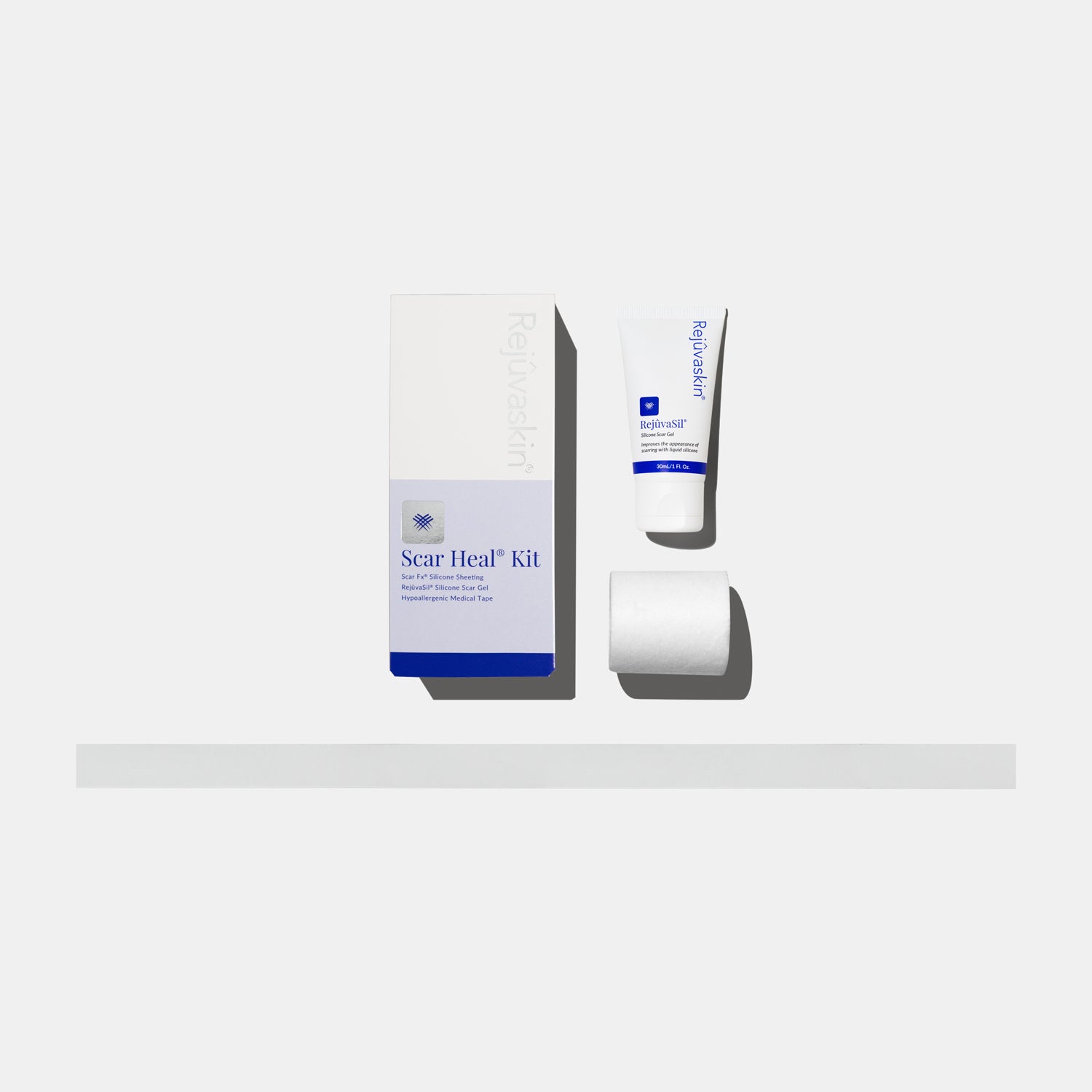


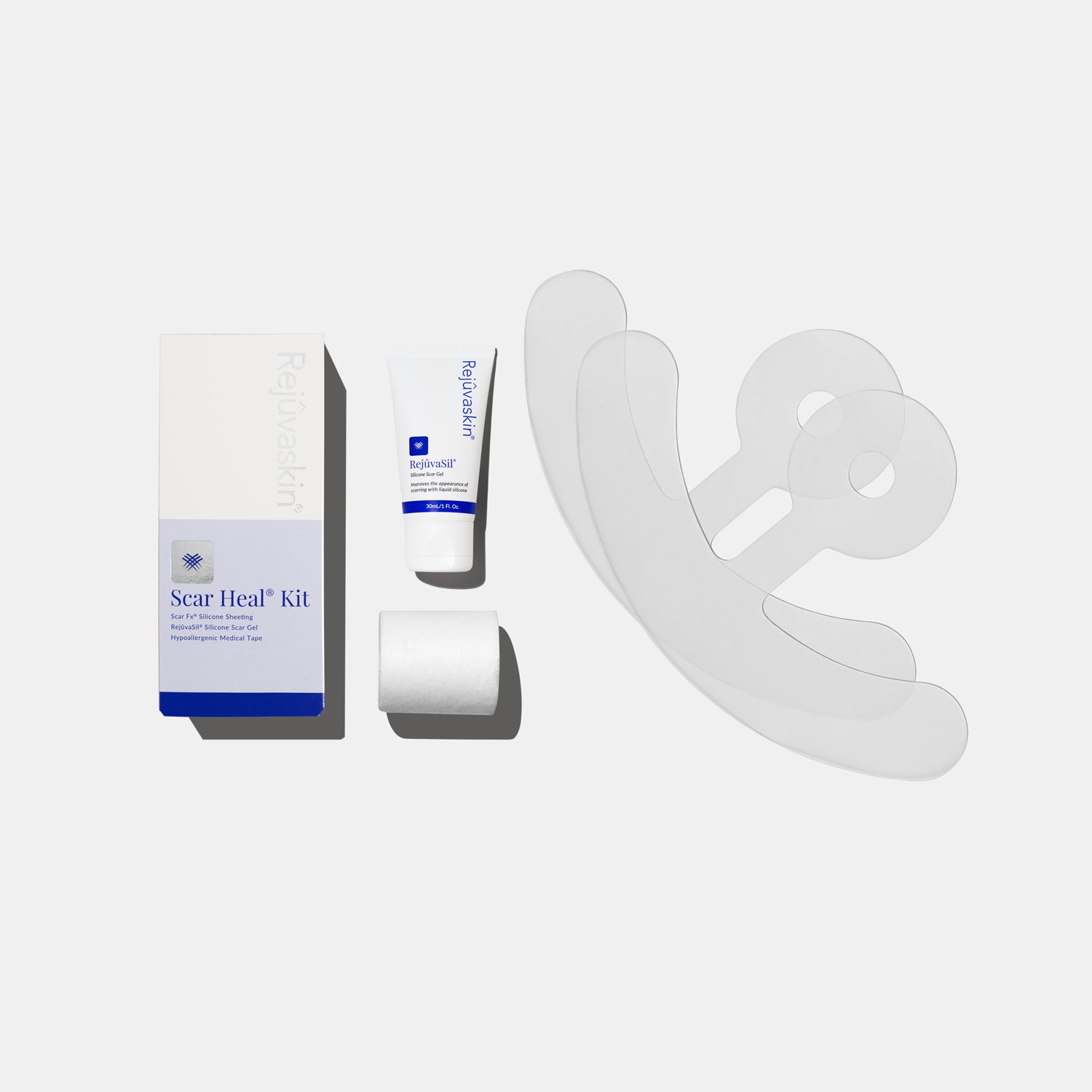
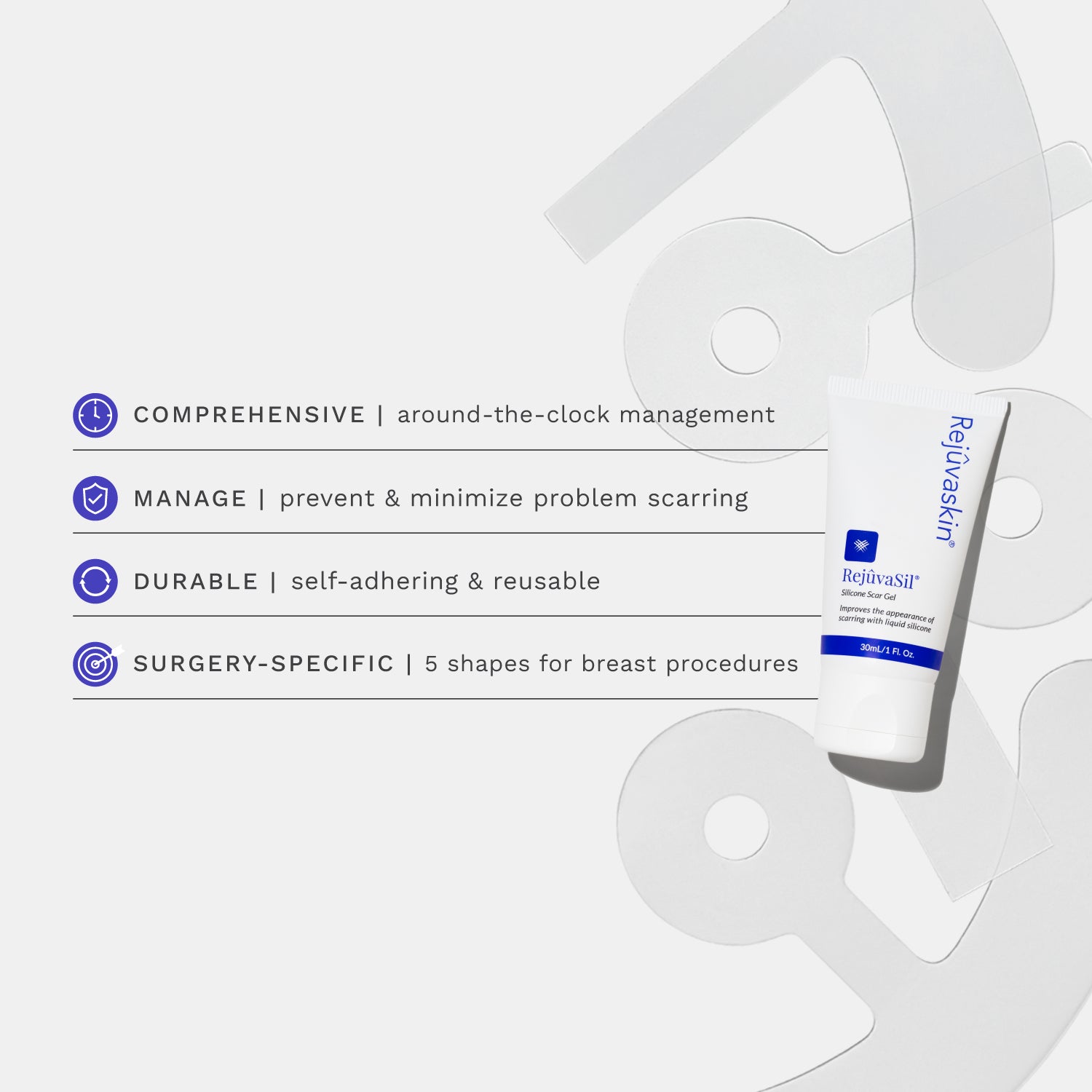
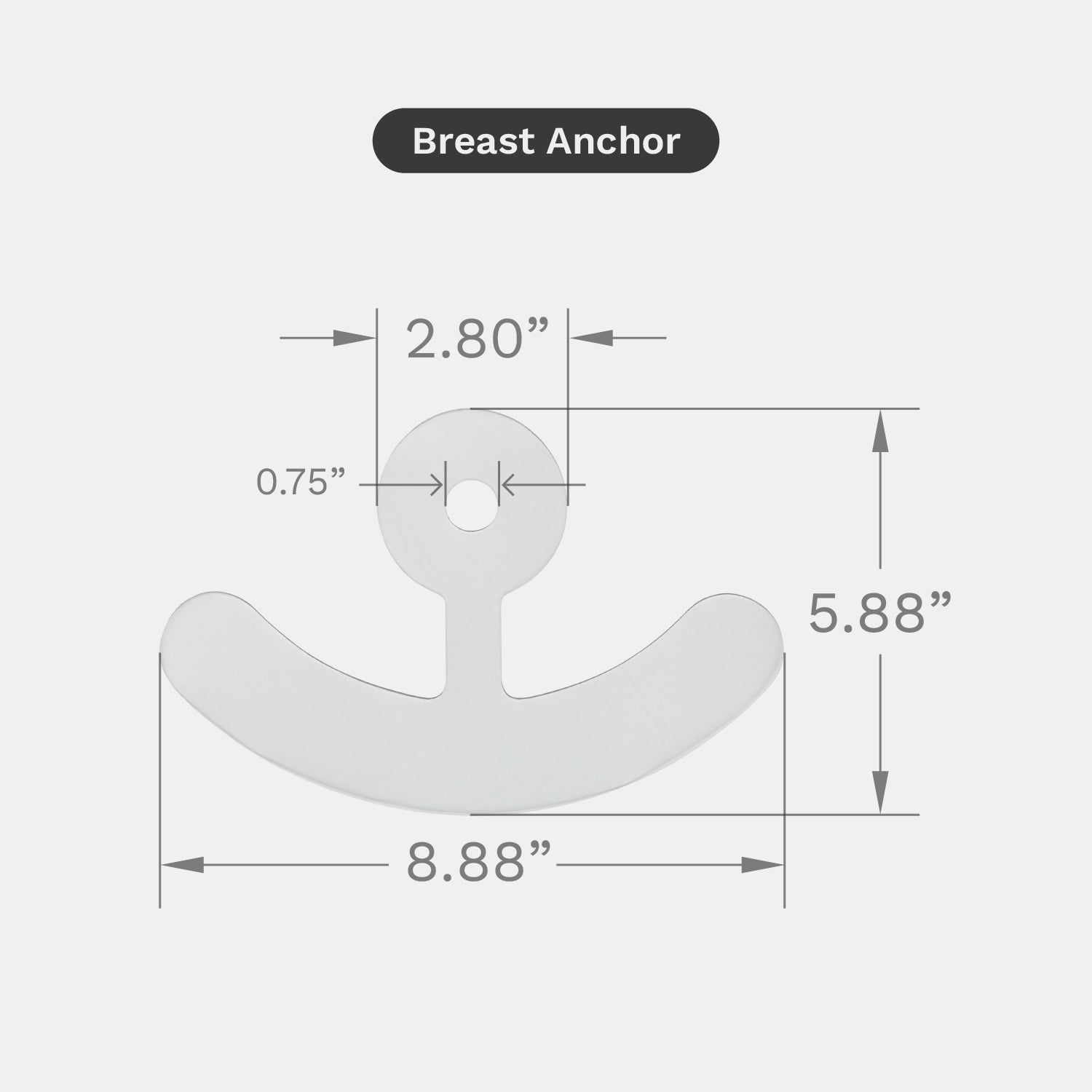
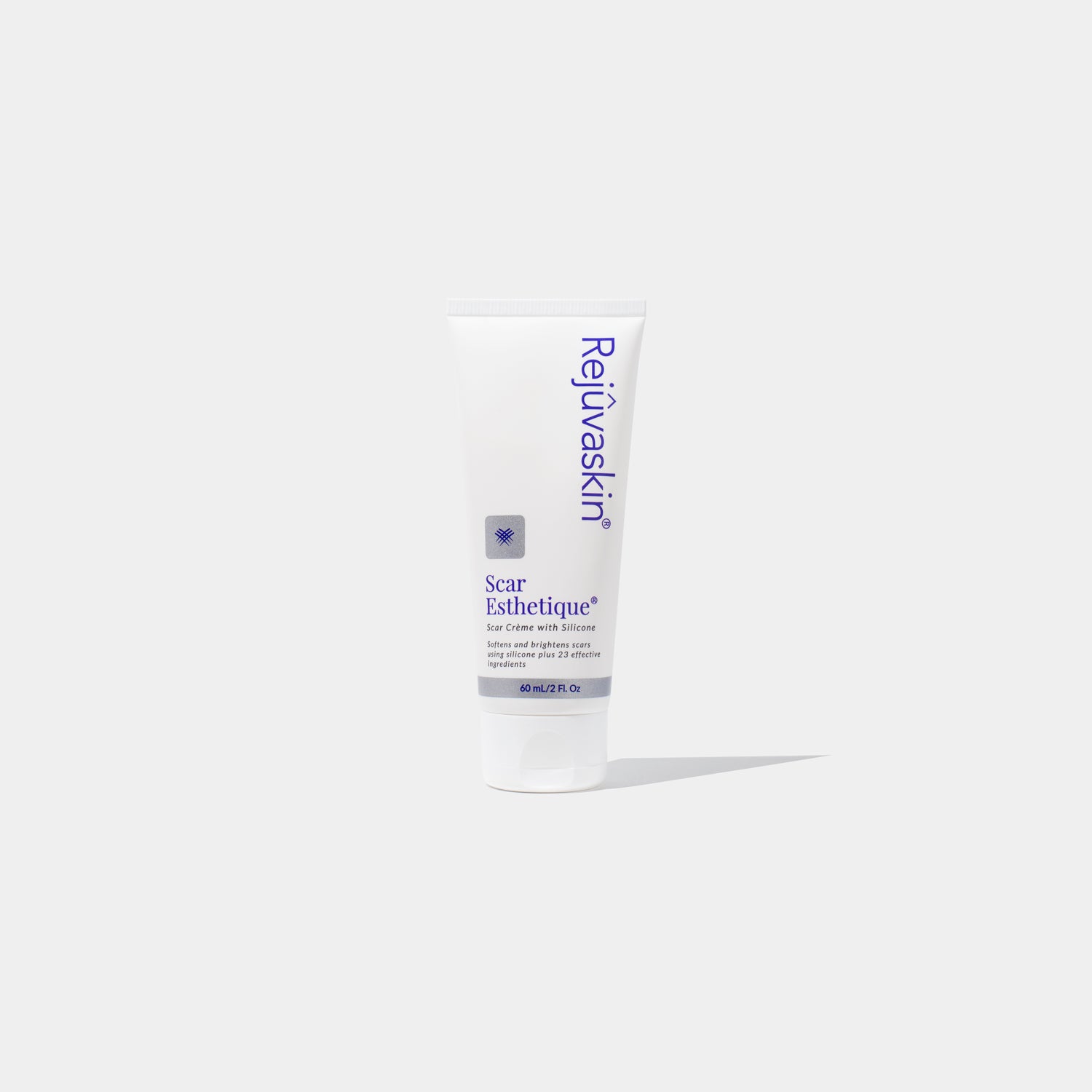
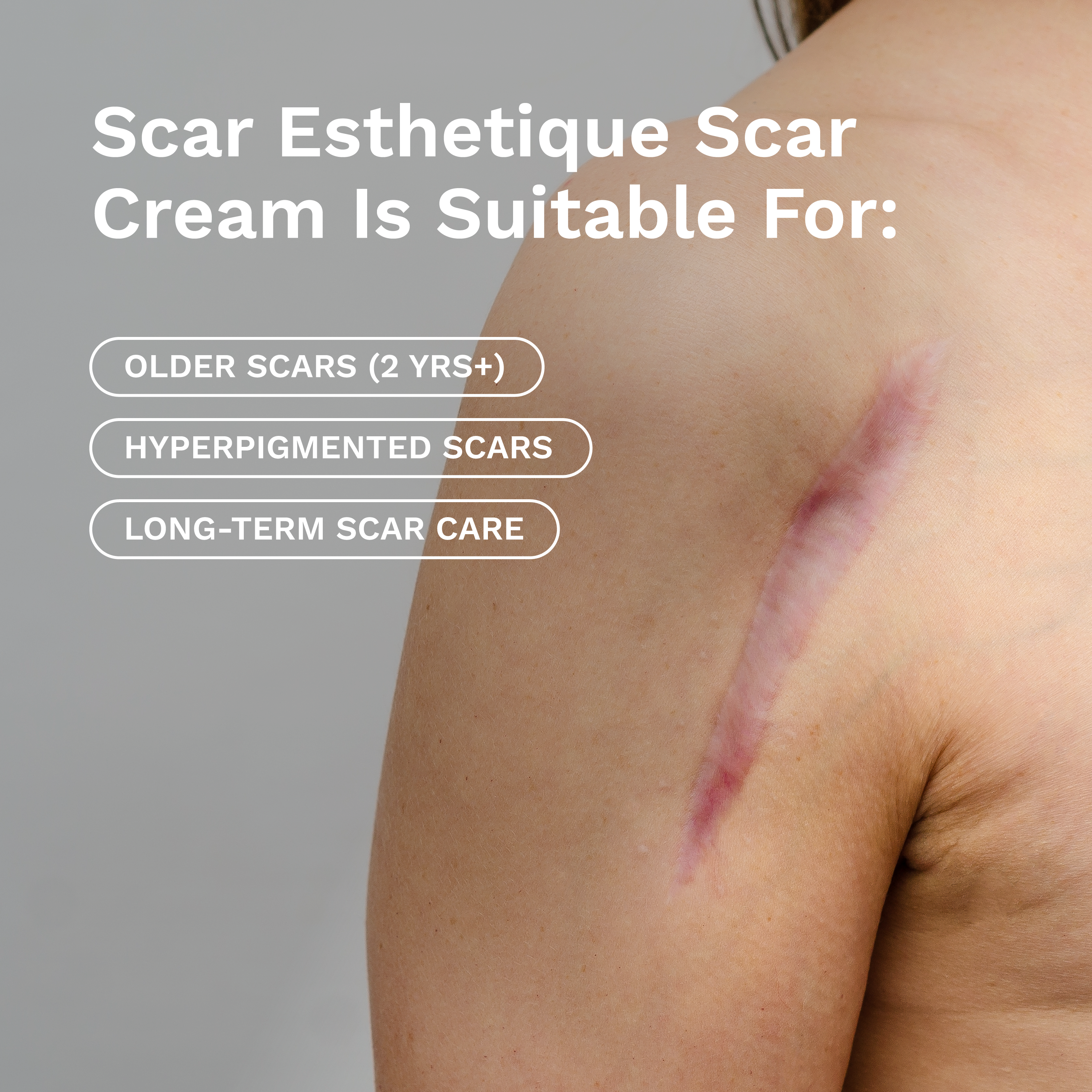








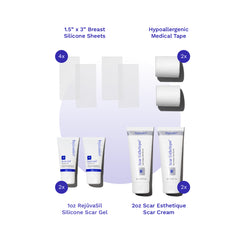
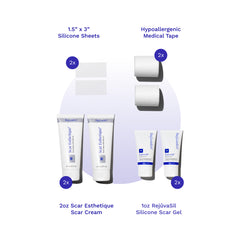


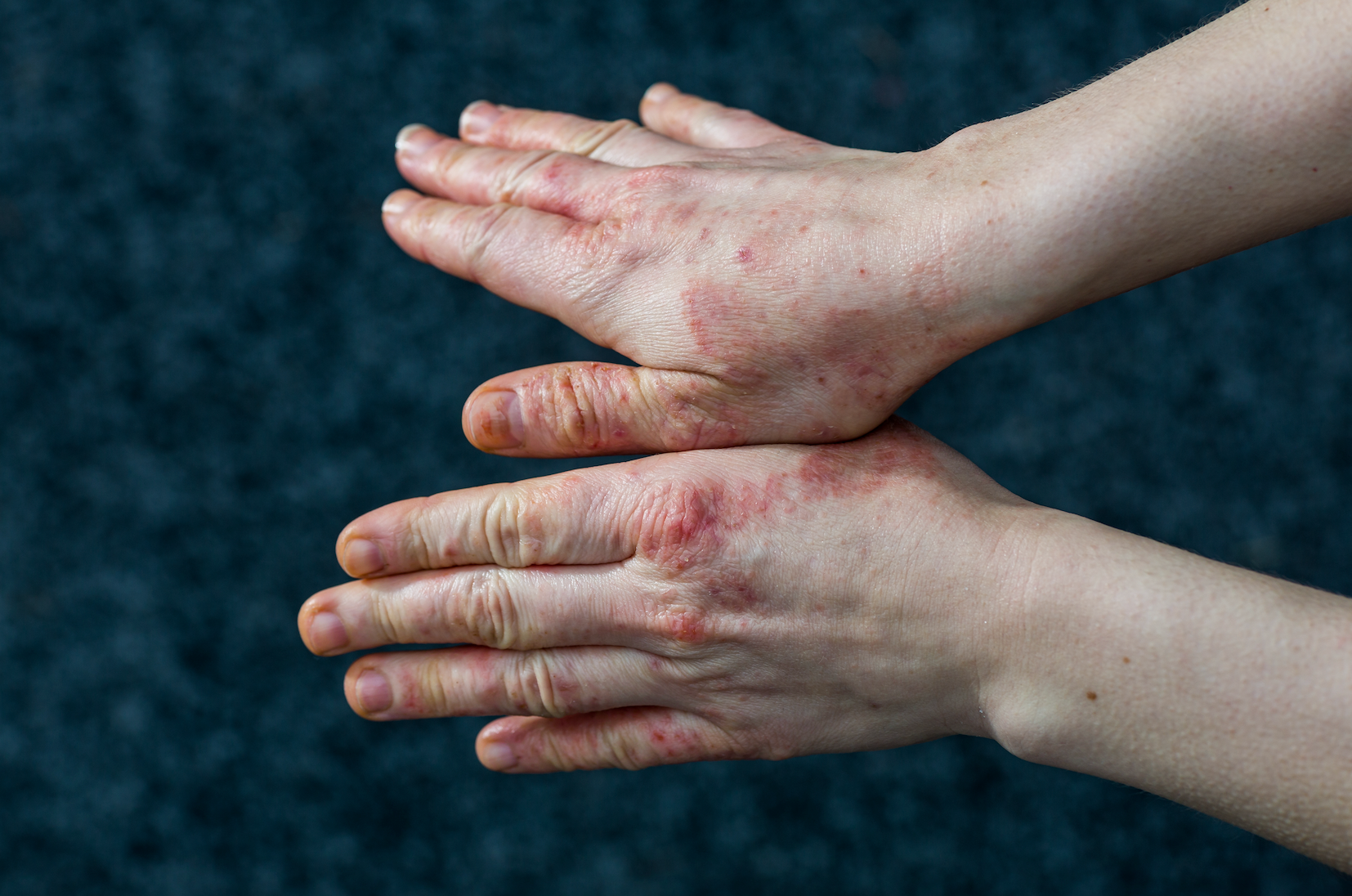
Leave a comment